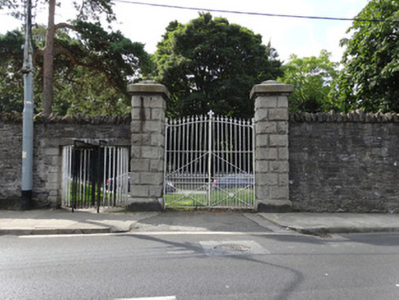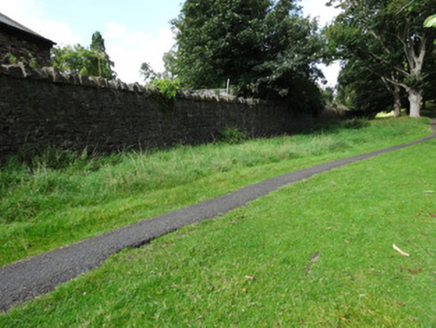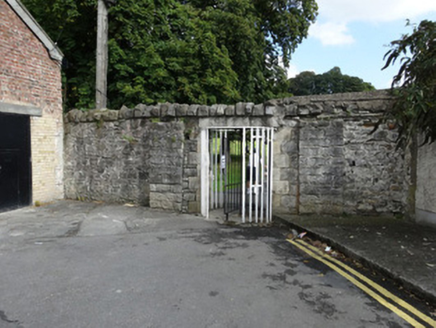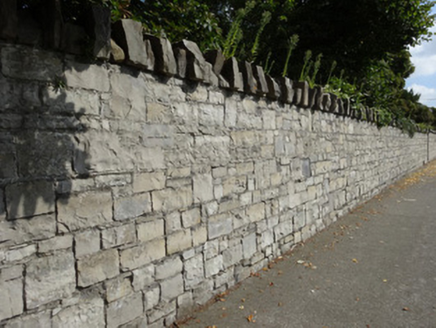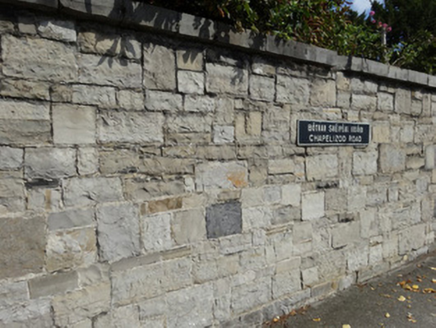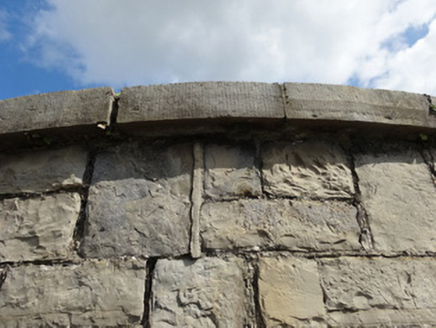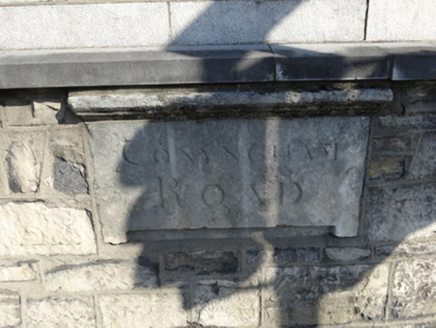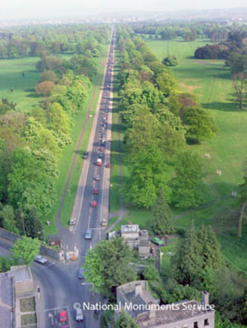Survey Data
Reg No
50060001
Rating
National
Categories of Special Interest
Archaeological, Architectural, Artistic, Historical, Social
Original Use
Park
In Use As
Park
Date
1650 - 1900
Coordinates
309724, 236145
Date Recorded
23/07/2014
Date Updated
--/--/--
Description
Park developed from 1662 as royal deer park. Formerly containing over 2,000 acres (800 hectares), reduced to 1,752 acres in 1680. Masonry boundary wall, approximately eleven kilometres in length and three metres high, erected after commissioning of park in 1644, likely rebuilt in eighteenth and nineteenth centuries, and having distinguished gateways and lodges at various points along periphery and to various buildings and groups of buildings within park. Substantial areas of open parkland, woodland and small lakes, with sports grounds in southeast quadrant. Main road through park, Chesterfield Avenue, realigned c.1840, having column at crossroads about half-way along, topped by sculpture of phoenix (although park likely named after well – fionn-uisce (Irish, meaning ‘bright water’). Interior of park has number of demesnes containing important groups of buildings, including Áras an Uachtaráin (formerly Viceregal Lodge), Garda Headquarters (formerly headquarters of Royal Irish Constabulary), Ordnance Survey Ireland (originally built as Mountjoy Barracks) and Dublin Zoo. Several smaller demesnes, including US Ambassador’s residence (formerly Chief Secretary’s Lodge), St Mary’s Hospital (formerly Royal Hibernian Military School), Director of Public Prosecutions (formerly Royal Military Infirmary), Ashtown Castle (late medieval tower house, extended to accommodate Under-Secretary’s Lodge, later Papal Nunciature), lodges associated with park officials (bailiff, keeper), and several other buildings. People’s Garden at southeast end of main road. To southwest of People’s Garden are Wellington Testimonial (Monument), Magazine Fort, and Papal Cross ( 1979. Megalithic single-burial tomb of Neolithic date at Knockmaree at south side, and traces of seventeenth-century star fort towards centre of park. Railway line, connecting Heuston and Connolly stations, runs under southeast end of park.
Appraisal
Phoenix Park, an important historic designed landscape, is reputedly Europe's largest enclosed urban park. It was laid out in the mid-late seventeenth century as a royal deer park, being commissioned by the viceroy James Butler, Duke of Ormonde. It was opened to the public, 1747, by Lord Chesterfield, making it Ireland's oldest public park. The many important groups of buildings, such as Áras an Uachtaráin and Dublin Zoo, each enclosed by their own boundaries and good planting, make it an ensemble of very considerable interest and importance. This is complemented by the presence of some significant isolated structures and monuments, such as the eighteenth-century Magazine Fort, nineteenth-century Wellington Testimonial, and twentieth-century Papal Cross. The varied landscapes within the park, ranging from open parkland to woodland and gardens, are of considerable value for recreation, and for fauna and flora. The extensive stone wall and the accompanying fine metal gates that enclose the park are an intrinsic part of its fabric.

